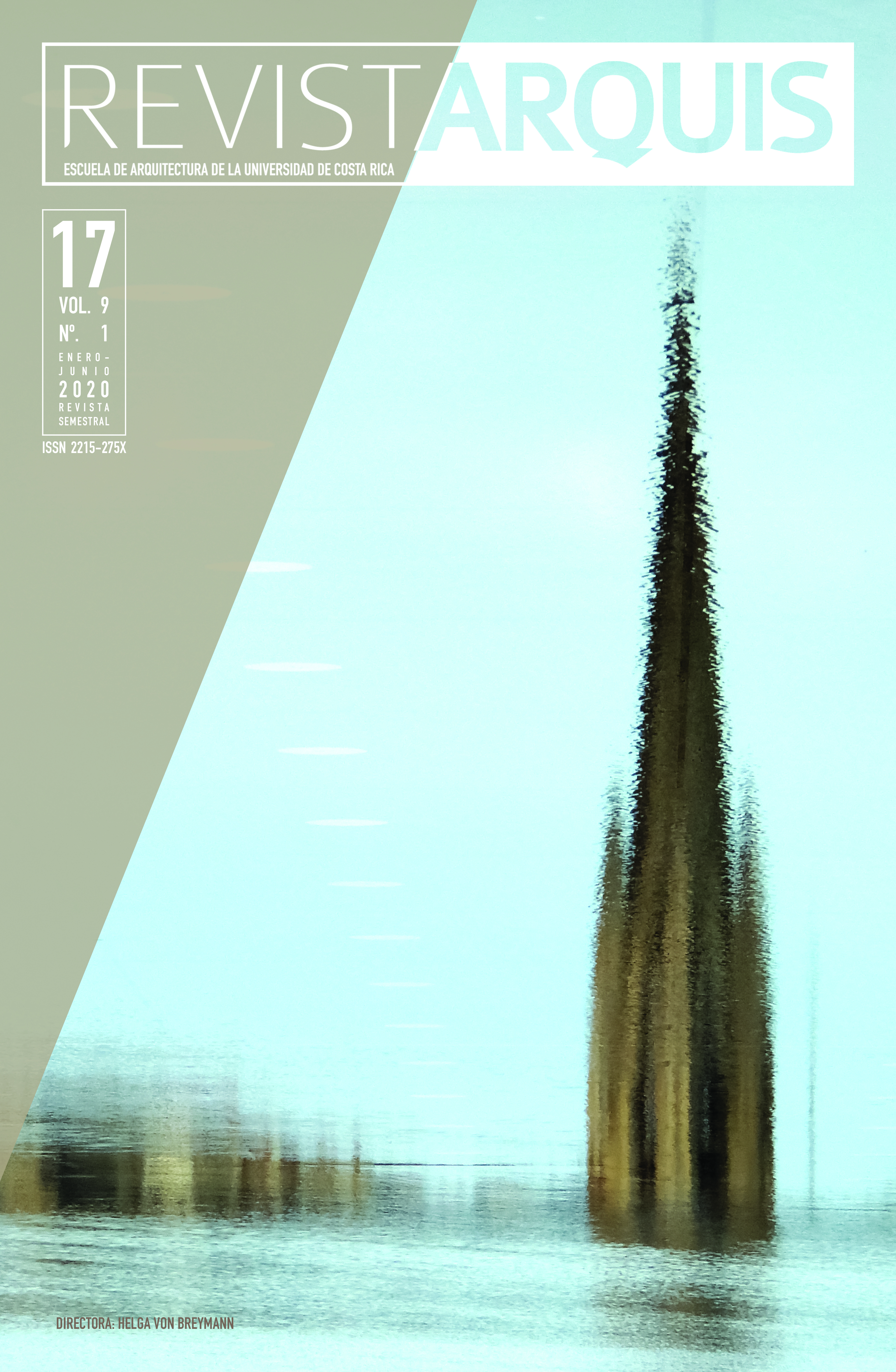Abstract
Currently, the attainment of a liveable environment requires the use of non-renewable, scarce, and pollutant energy. In order to decrease the consumption of energy as well as
increase the use of renewable energies, it is necessary to explore procedures for efficient analysis. Bioclimatic analysis is the appropriate technique to optimize the response of a building to climate. Consequently, the article examines the existing difficulties to its smooth/correct implementation. Through the gathering of initiatives stemming from the
author’s technical and professional activity as well as from an extensive bibliographic review, the article introduces an improvement to the knowledge of the multiple fields that define the discipline of bioclimatic analysis. Specifically, the analysis of vernacular architecture, the suitable definition of the local climatic conditions, the identification of the most appropriate reference values to reach indoor comfort, and the definition of patterns for the design and bioclimatic characterization of buildings materials and constructive systems. In addition, the article includes the development of building strategies and practices, the standardisation and application of means of verification “in situ” of the bioclimatic performance of a building, and the validation of computerised
processes that predict the degree of habitability of a building. Finally, the knowledge acquired in the prior fields is incorporated in the regulatory framework as well as the
establishment of operating conditions and maintenance requirements that capitalise on the implementation of the aforementioned bioclimatic analysis. The article establishes
the need to embrace the progress made in these fields to improve the performance of buildings and achieve a superior habitability with a lower consumption of resources.

